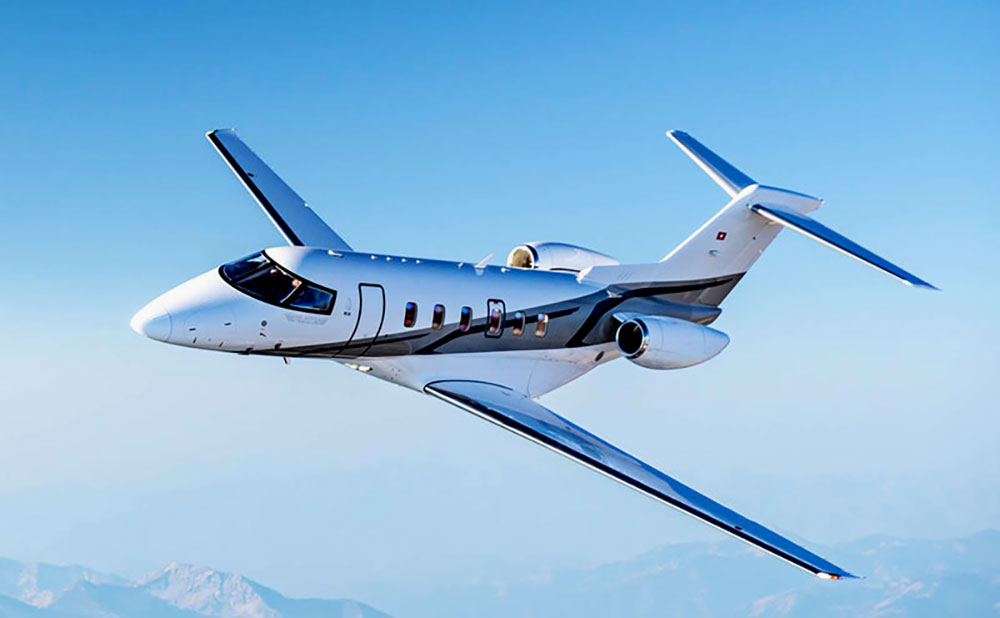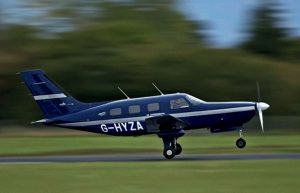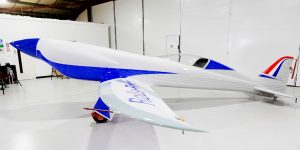The Swiss airplane maker entering the bizjet market with its Super Versatile Jet.
Switzerland-based Pilatus Aircraft has become the first business jet manufacturer to achieve something many expected would be impossible—certification for rough field operations—for its PC-24 Super Versatile Jet.
Since 2018, the bizjet has been certified to land on dry sand and gravel, but complete rough field certification allows the Pilatus PC-24 to land on additional surfaces, such as grass, wet earth and snow.

Pilatus PC-24 was revealed to the public at the European Business Aviation Convention & Exhibition (EBACE) in Geneva on 21 May 2013. The price was set around nine million U.S. dollars and Pilatus started taking orders for the PC-24 on 24 May, 2014. The plane first flew on 11 May 2015. The interior of the PC-24 will be completed at Broomfield, Colorado. Pilot and technician training will be conducted by FlightSafety International in Dallas.
Hand in hand with Pilatus, BMW Designworks has created six stylish colour lines for the PC-24, each one named after a well known ski resort, like St. Moritz, Zermatt or Aspen.
The PC-24 is the only aircraft which combines the versatility of a turboprop with the cabin size of a medium-light jet and the performance of a light jet. Pilatus’ PC-24 was designed to achieve an outstanding short-field performance. Moreover, the PC-24 can access almost every airport in the world, enabling users to land as close as possible to their final destination.

Constructed chiefly from aluminum, the PC-24 is powered by two Williams FJ44-4A turbofan engines, each producing 3,420 pounds of thrust. Pilatus PC-24 provides quiet, economical energy to power electrical systems – including heating and air-conditioning. For a light jet, the PC-24’s flat-floor cabin is spacious, measuring 23 ft. in length, 5 ft., 7 in. at its widest and 5 ft., 1 in. in height at the centre of the aisle. This gives passengers substantial freedom of movement, and they don’t have to sit with their necks cranked sideways.

The PC-24s maximum certified altitude is 45,000 ft and maximum cruise speed is currently projected to be a minimum of 425 KTAS at FL 300. The time to attain FL 450 from sea level in a direct climb is projected to be 30 minutes. The takeoff balanced field length ranges from 4,430 ft (1,350 m) to 2,690 ft (820 m).
Share this:
- Click to share on Facebook (Opens in new window)
- Click to share on Twitter (Opens in new window)
- Click to print (Opens in new window)
- Click to share on LinkedIn (Opens in new window)
- Click to share on Reddit (Opens in new window)
- Click to share on Tumblr (Opens in new window)
- Click to share on Pinterest (Opens in new window)
- Click to share on Pocket (Opens in new window)
- Click to share on Telegram (Opens in new window)
- Click to share on WhatsApp (Opens in new window)




